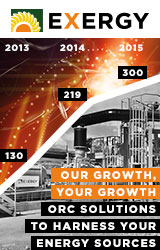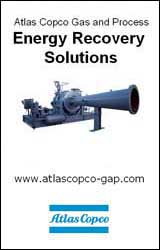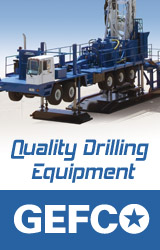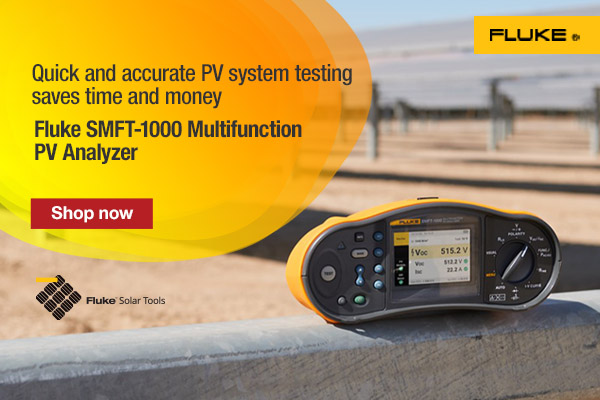Risk Management: Geothermal exploration & site assessment
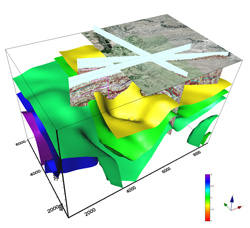 Is there a golden bullet to successful geothermal exploration? Yes, there is. It’s called financial risk mitigation. Following the dynamics of geothermal project development, exploration is the gatekeeper for the investors’ interests.
Is there a golden bullet to successful geothermal exploration? Yes, there is. It’s called financial risk mitigation. Following the dynamics of geothermal project development, exploration is the gatekeeper for the investors’ interests.
Exploration is not only a scientific exercise but, if done right, a risk management tool. Over the past decade, the general approach to the issue of geothermal exploration and site assessment developed quite differently when comparing work in the United States with work done in Europe. A look at the European method allows for a healthy exchange of information, which could lead to positive changes and more successful project outcomes in the US.
Laying the groundwork
Geothermal exploration provides the groundwork necessary to provide the information required to properly assess the potential of a site. Reducing geothermal exploration and site assessment to the study of past publications and reports usually turns out to be catastrophic.
If you do not have or cannot risk loosing a million dollars before drilling the first, well, it’s likely not worth the risk or the effort. Responsible exploration doesn’t come cheap. Cutting corners can cost those investing in well-field development millions, which can result in development companies going bankrupt and shareholders loosing everything they have.
So, those assessing a site need to be smart enough to understand their limitations, experienced enough to handle probabilities, and brave enough to break bad news to investors if necessary.
Managing risk
In Europe, the following tasks have been established as part of a due diligence process:
• 3D seismic as required by drilling insurance;
• Implementation of a risk assessment process to protect and guide all stages of project financing;
• Creation of a 3D reservoir model prior drilling;
• Drilling planning focusing on the geothermal (hydraulic) characteristics of the well.
Questioning the necessity of expensive, 3D seismic assessments in geothermal projects, or the need for drilling insurance? Does this mean the exploration methods and processes that served the mining industry and scientific drilling lobby for decades are not necessarily applicable to commercial geothermal exploration and drilling? Quite possibly. When considered in terms of managing risk, the European method provides a much safer framework.
In some European countries, a drilling permit isn’t even available until there’s proof that the total risk assessment, from exploration to power plant operation, justifies a project to moving forward. Plus, all of the financing must be in place—from A to Z—in order to finish project development.
Granted, the 3D seismic assessment of a project site, in many cases, can probably be reduced to crossing 2D seismic lines, which combined give a solid 3D understanding of the structure in the sub-surface—but doing so should be a decision based upon a financial risk assessment. If the decision is solely based upon the available budget, all subsequent investments are at increased risk.
All geothermal sites are different in geology and all wells and reservoirs differ in regards to hydraulic characteristics. As a result, this puts investors at large risk, especially when engaging in the early stages of project financing, exploration, and the initial drilling phase. The risk assessment in Europe focuses very much on the exploration and site assessment. Therein, a culture of protecting the investors has been developed.
Protecting investments
Only a multi-disciplinary risk assessment delivers the information needed by investors to make the right business decisions. But, like the scientific geothermal site assessment, this multidisciplinary risk assessment approach still needs to be updated every step along the way. The assessment needs to be as real-time as possible, preparing probability and finding-based financial decisions for all stages of the geothermal project development.
Solid information about the geological structure in a potential reservoir is a basic and fundamental requirement. To obtain that information, one doesn’t have to drill multiple wells first. High-resolution geophysical methods are available. These methods might not come cheap, but they’re more cost-effective than drilling multiple wells into underexplored territory. Think of it this way: just one failing production size well is more expensive than all of the high-resolution geophysical methods combined.
When it comes to geothermal project siting and assessment, risk mitigation starts with choosing the right exploration tool mix, and doesn’t end until a successful project has been implemented that delivers a solid return on investment.
TBA Power Inc.
www.tbapower.com
Author: Michael Albrecht & Helmut Tenzer
Volume: May/June 2012








